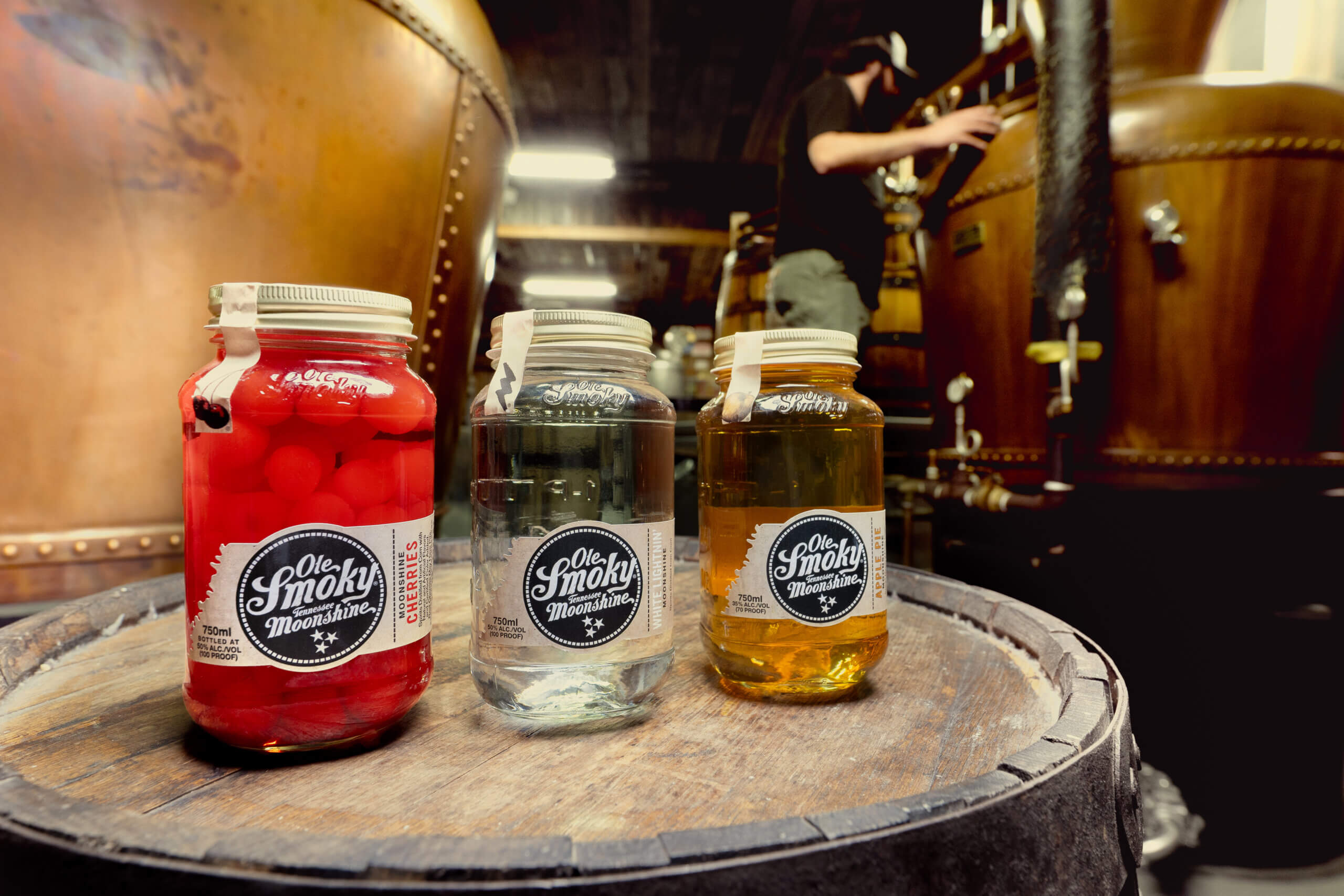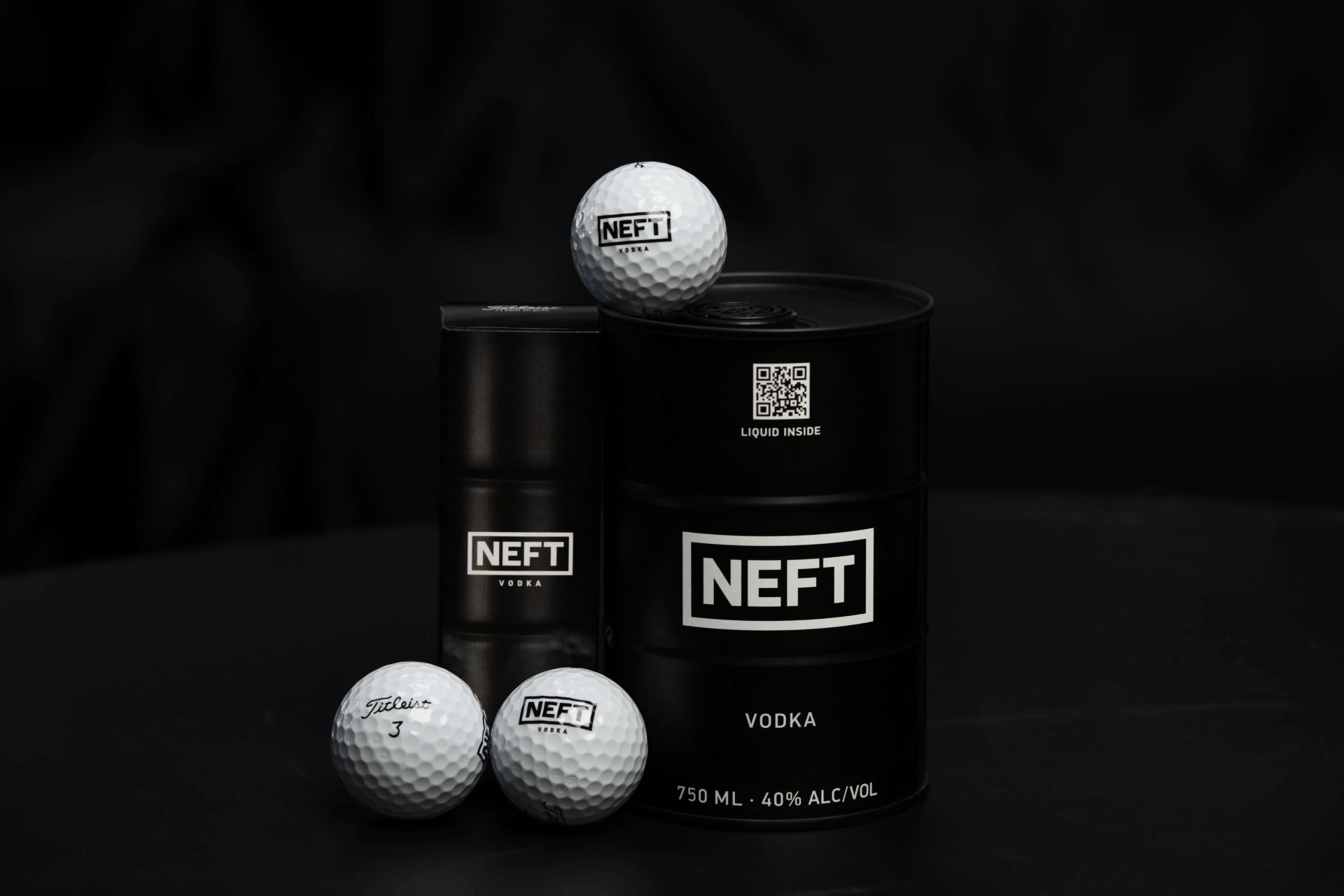There’s More to Gin Than London Dry
By Sean Hudgins
For decades, gin has been among the most polarizing spirits.
Now, American gins are here to encourage the juniper naysayers to give this diverse category a second chance. When most American drinkers think of gin, their primary frame of reference is likely the London Dry category of the spirit. Though each has its own flavor nuances, London Dry gins, such as Beefeater or Tanqueray, all abide by a rigid set of production guidelines that typically result in the “piney” quality most have come to expect. As Beefeater Master Distiller Desmond Payne puts it, “For me, a particularly good London Gin should have a distinctive juniper flavor.”
But what about gins produced in America? While the official EU-recognized production rules for London Dry gins include specific requirements regarding the redistillation of the neutral base spirit together with a juniper-led botanical mix, they do not actually dictate a required place of origin—meaning that one could produce a London Dry gin on U.S. soil. Even so, many domestic producers have opted to break with some of the traditional methods of the London Dry classification, and in turn, created a new gin category known as “American gin.” To learn more about this gin style, we turned to some producers of the domestic spirit to see what makes it different from the rest.
Dial Back the Juniper
“To me, American-style gin is just a gin that isn’t ‘dry’ with loads and loads of juniper,” says Paul Hletko, founder of FEW Spirits. “American gins, as a whole, differ from traditional London Dry by being what I call ‘wet,’ or perhaps sometimes ‘moist.’ Many [American producers] are choosing to work within a much ‘wetter’ style, featuring loads of floral, citrus, or some character other than juniper.”
While the word “moist” may be even more polarizing than the gin category itself, Hletko’s definition is generally accepted by his peers. Aaron Selya, master distiller of Bluecoat Gin at Philadelphia Distilling, agrees that “American-style gins place an emphasis on a flavor or botanical other than juniper.”
Break All the Rules
For other American producers, the American gin label serves as license to break traditional gin rules. “I don’t like the idea of a definition [for American gin] because I think definitions are immediate stumbling blocks to creativity, but I believe what defines us as Americans is a lack of boundaries—what’s more American than being open to creativity and imagination?” says Lance Winters, master distiller at St. George Spirits in Alameda, California. “I think a lot of people are recognizing that and starting to take gin outside of its comfort zone, where juniper is not the major aromatic driver, and I think that’s great!”
Hletko agrees on the need for American producers to distance themselves from their London Dry counterparts. “One of the challenges of being a gin producer is the sheer quality of the traditional London Dry gins—they’re fantastic,” he says. ”Thus, we upstarts need to do something different. For FEW American Gin, we use what is effectively ‘white dog bourbon’ as the base spirit, rather than a neutral base.” This variation, which would not be possible under the London Dry classification, gives FEW American Gin a distinctively sweeter flavor profile and helps consumers distinguish it from other gins that usually monopolize the backbar.
“If you go to a gin tasting, 57 of 60 gins are going to be London Dry, and it’s a lot like walking into a room full of Elvis impersonators,” Winters says. “They all look and sound like Elvis, each with their own little nuances, but you should want to walk into that room and be your own fuckin’ rock star! As a distiller, you should be making a gin that’s an expression of who you are.”

Bluecoat America
Bring in Backyard Botanicals
For Winters, that gin is St. George Terroir Gin, which he describes as “a drinkable painting of a landscape” that was inspired by a relaxing walk through the woods. Determined to create something representative of California, St. George incorporates local botanicals into its mix, including Douglas fir, California bay laurel, and coastal sage.
Winters is not alone in using botanicals native to his home. “In the last few years, we have been seeing a trend toward gins with local, indigenous, and nontraditional botanicals,” Selya says. “For Bluecoat, we wanted to use a juicier, sweeter domestic citrus than what you would find in London Dry gins, which typically use drier citrus such as bitter Spanish orange peels or Italian lemon peels.” In using the juicier American botanicals, Selya says that “the juniper is almost forced to compete with the citrus, so you don’t get a sharp helping of that Christmas tree flavor.”
Keep an Open Mind
Despite American producers’ determination to distance themselves from London Dry gins, they insist that American gins are no better or worse, but rather appeal to different palates. If you’re a London Dry drinker who enjoys classic cocktails like the Negroni, you may find that the citrusy notes in most American styles simply do not complement the bitter flavors of your drink. But if you’ve historically turned your nose up at gin, consider trying an American one. “I don’t think you can dumb it down and just say you don’t like all gin,” Winters says. “My belief is you just haven’t met the right one yet.”










